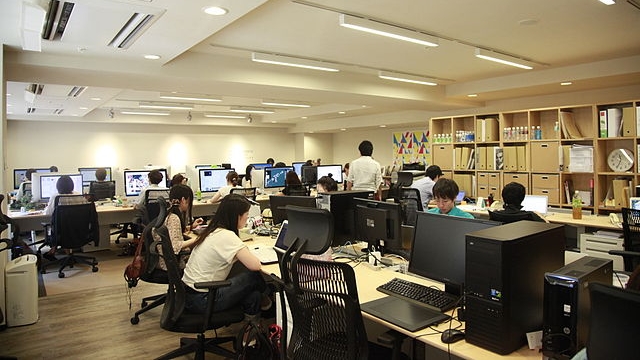
The impact of the ‘open’ workspace on human collaboration [Top 100 journal articles of 2018]
This article is part 2 of a series reviewing selected papers from Altmetric’s list of the top 100 most-discussed journal articles of 2018.
A commonly held belief is that “open” offices with fewer walls or other spatial boundaries help to facilitate employee collaboration. However, a July 2018 paper1 found that reverse to be true: in open offices, the volume of face-to-face interaction decreased significantly, with an associated increase in electronic interaction.
This paper was also the focus of a previous RealKM Magazine article from The Conversation, and Adi Gaskell has written about earlier research that also found that open plan offices strangle collaboration.
However, in contrast to the findings in regard to “open” offices, other research has found that physically similar co-working spaces can assist in fostering collaboration. I explored potential reasons for the contrasting findings in a July 2018 article in RealKM Magazine, with recommendations made for how employers should respond.
Author abstract
Organizations’ pursuit of increased workplace collaboration has led managers to transform traditional office spaces into ‘open’, transparency-enhancing architectures with fewer walls, doors and other spatial boundaries, yet there is scant direct empirical research on how human interaction patterns change as a result of these architectural changes. In two intervention-based field studies of corporate headquarters transitioning to more open office spaces, we empirically examined—using digital data from advanced wearable devices and from electronic communication servers—the effect of open office architectures on employees’ face-to-face, email and instant messaging (IM) interaction patterns. Contrary to common belief, the volume of face-to-face interaction decreased significantly (approx. 70%) in both cases, with an associated increase in electronic interaction. In short, rather than prompting increasingly vibrant face-to-face collaboration, open architecture appeared to trigger a natural human response to socially withdraw from officemates and interact instead over email and IM. This is the first study to empirically measure both face-to-face and electronic interaction before and after the adoption of open office architecture. The results inform our understanding of the impact on human behaviour of workspaces that trend towards fewer spatial boundaries.
Header image source: Adapted from 30134 jissekiimage3.JPG by MUGENUP which is licensed by CC BY-SA 3.0.
Reference:
- Bernstein, E. S., & Turban, S. (2018). The impact of the ‘open’ workspace on human collaboration. Philosophical Transactions of the Royal Society B: Biological Sciences. ↩
Also published on Medium.






